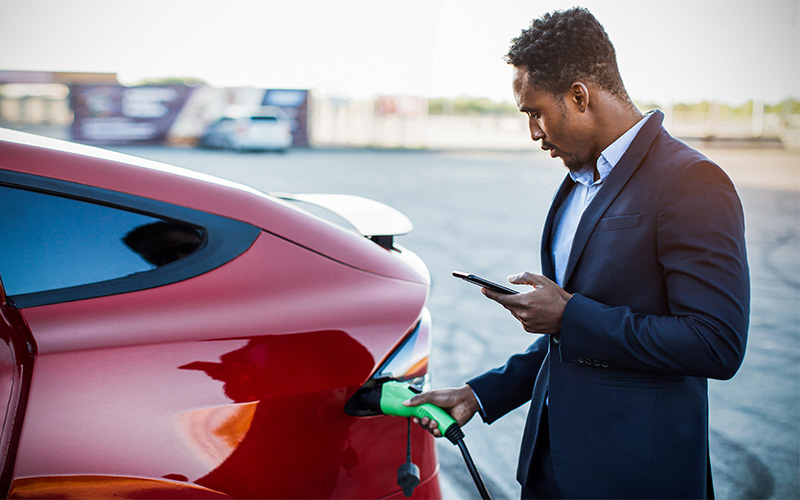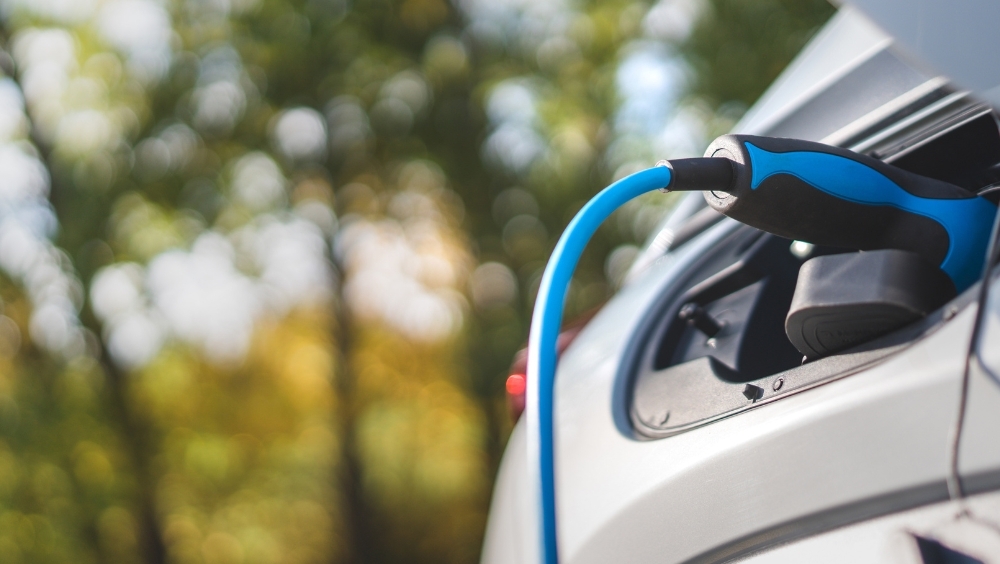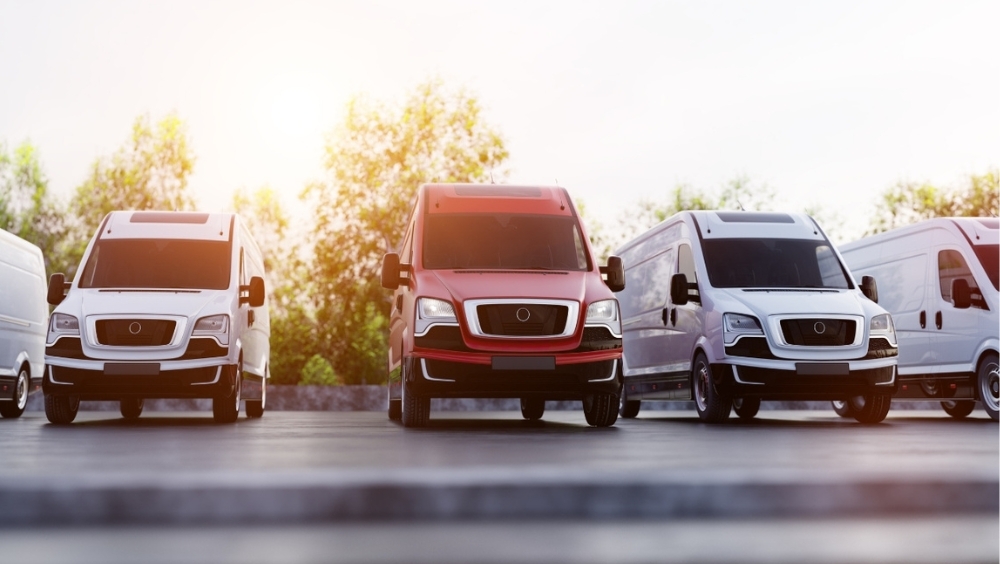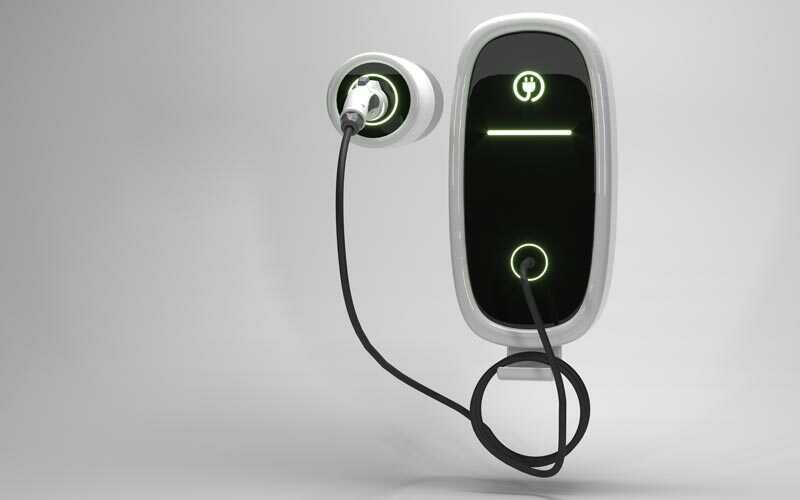The Federal Network Agency provides a special service: With its interactive charging point map , you can find out about the current charging points in your area online at any time.
However, as only those charging points are listed here that have been reported to the Federal Network Agency and have agreed to be published on the Internet, it is worth taking an additional look at Google search or other online portals.
Both in Germany and in the rest of Europe, most charging stations work with an app or a charging card. The problem is that there are currently more than 380 different charging cards in Germany alone.
Depending on which charging tariff you use with which provider, the charging current is billed either after each charge, monthly or quarterly.
The good news: since July 1, 2023, all newly installed charging stations must allow payment with at least one credit or debit card, which makes public charging much easier.
Obstacles to public charging:
The payment options: While you need a charging card at one charging station, the next one charges via app.
The costs:
- Sometimes you can see the costs immediately when paying via app, other times you only receive the bill at the end of the month.
- There are various tariff models with and without a basic fee.
- Some providers charge a surcharge per minute after a certain standing time.
- The costs for AC, DC and HPC charging vary greatly.
Registration: To be able to use the app or charging card at all, you must register with the respective provider in advance.
In addition to charging via app or conventional charging card, there are other options:
- E-roaming: This allows you to charge at several different electricity providers with one network charging card.
- SMS: Here you can pay your charging bill by SMS (via prepaid or your electricity supplier's electricity bill).
- Intelligent charging cable with powerline communication (PLC): PLC enables communication between electric car and charging point for identification and billing of electricity consumption.
Although the latter is very practical, there are unfortunately very few vehicles that can be charged using PLC technology.
Did you already know?
Since April 1, 2019, there have been clear billing guidelines to ensure that charging electricity is billed in accordance with calibration law. Unfortunately, there are still a large number of fast-charging stations that do not comply with calibration law. However, this is tolerated by politicians in many places due to the less than optimal charging infrastructure in some regions of Germany, which is why fines are not imposed.
What charging tariffs are available?
The variety of tariffs for public charging is sometimes more of a curse than a blessing. This is partly due to the different flat rates, fees or preferential tariffs and partly due to the often delayed billing.
If you travel a lot with your electric car, you either need several charging cards from different providers or use one of the roaming providers - which is more convenient, but can also be expensive.
What does public charging cost?
The fees for public charging of an electric car can vary just as much as the payment systems and providers of charging stations. The significant price differences are one of the biggest challenges for German e-mobilists.
In fact, a 2021 study by analysis firm EuPD Research found that the wrong choice of tariff can quickly cost several thousand euros a year, depending on the mileage.
Data from over 200 providers in Germany was collected for this study. This showed that there can be a price premium of 121 to 330 percent between the average cost of charging electricity and the most expensive tariff.
|
One example:
For a VW e-Golf, the difference between the average and the most expensive charging tariff was €0.90 / kWh. This means a cost difference of €1,781.00 per year.
It is therefore worth comparing carefully before deciding on a provider.
Tip:
In addition to the chargeable charging stations, there are sometimes also free public charging stations, for example in the parking lots of large discount stores.
|
Which providers are there?
There are basically two types of providers:
- Regional providers: These include some electricity suppliers (e.g. municipal utilities), car manufacturers, car dealerships, etc. They focus on their respective region and provide access to the charging stations they operate themselves.
- Supra-regional providers or e-roaming networks: These providers enable access to charging stations from different operators and as such do not operate their own stations.
What type of charger are you?
Which charging station operator or tariff for public charging is best for you depends primarily on your own charging behavior.
1. the occasional charger
Many e-mobilists charge their electric car at home or at work and therefore only use public charging stations when they go on an excursion or a trip. If you are one of them, regional providers are of little interest to you. In this case, e-roaming is probably the better option.
2. the frequent charger
If you frequently travel long distances by electric car - for example as a sales representative - then it is also advisable to use the charging cards of Germany-wide providers (e-roaming). Here, so-called multi-charger tariffs pay off, where a monthly basic fee is usually due, but the costs per charge are much lower.
3. the regional charger
If you do not have the opportunity to charge your e-car at home or at work and are therefore dependent on the charging stations in your area, you can use the regional offers such as the charging stations of the municipal utilities. As they have already invested in the regional charging infrastructure in many cases, their own customers are usually given preferential treatment at the charging stations thanks to attractive conditions.
Basically, there are suitable offers for every charging type. It just takes a little time to get to grips with the tariffs.
Public charging abroad
Our direct neighbors such as the Netherlands and France are important pioneers in the area of charging infrastructure. In Switzerland, there are already more charging points than petrol stations.
However, our neighbors to the south still have some way to go. This applies to parts of Italy as well as Spain and Portugal. Before traveling to these countries with an electric car, we recommend that you find out exactly what charging options are available along your route to avoid any nasty surprises.






